At the heart of every successful crowdfunding campaign is an effective crowdfunding page. While food gardens vary greatly from one to another in terms of their size, location and focus, effective crowdfunding pages for garden projects tend to have a number of the same elements. In his post, we’re taking a deep dive into Eden Community Garden’s SeedMoney page from last year to share why it was successful. You can see the page full screen in another browser window here: https://donate.seedmoney.org/6408/eden-community-garden and a screenshot of it here:
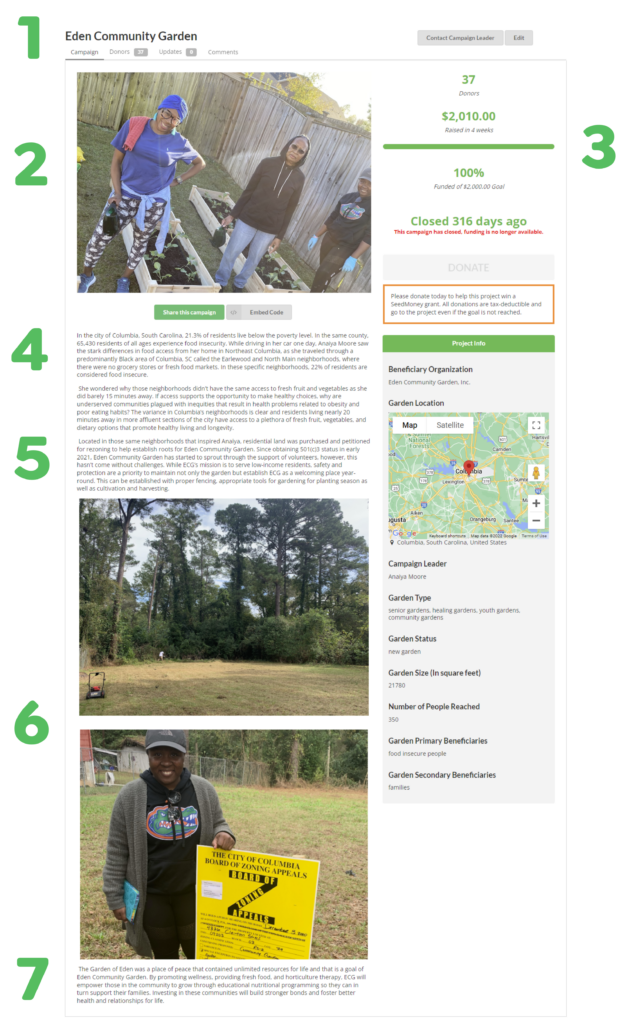
Now that you have had a chance to see the entire page, we’re going to break it down into its components to show how each contributes to the overall effectiveness of the page.
1. Campaign Title

In general, it’s best to choose the shortest title for your crowdfunding page and one that potential donors will be able to relate to and recognize. If you’re raising funds for a community garden, use the name of the garden as your title. If you’re crowdfunding for a school garden, be sure to include the name of the school in the title. Donors want to understand quickly who is asking for their support.
2. Featured Image
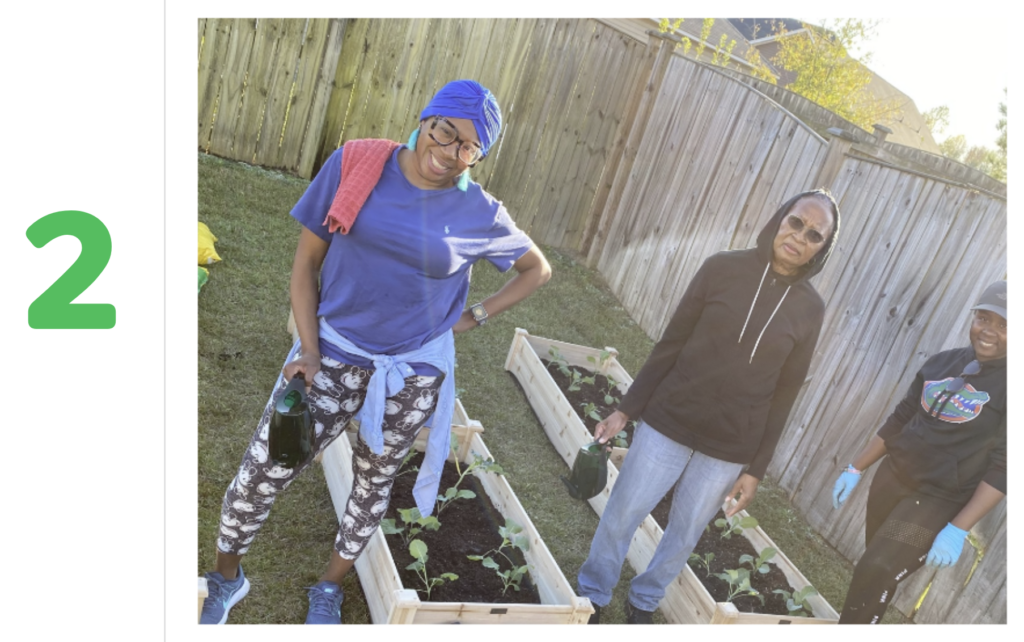
You’ve heard the saying that a “picture is worth a thousand words” and it’s particularly true about the featured image of a crowdfunding campaign. The featured image is the first thing many people will notice on a campaign page so you should use the best photo of your project in this prime position. Food garden projects are about three things: food, gardens and people. The best featured images are those of people in a garden setting either posing, working, or showing off their harvest.
3. Funding Goal
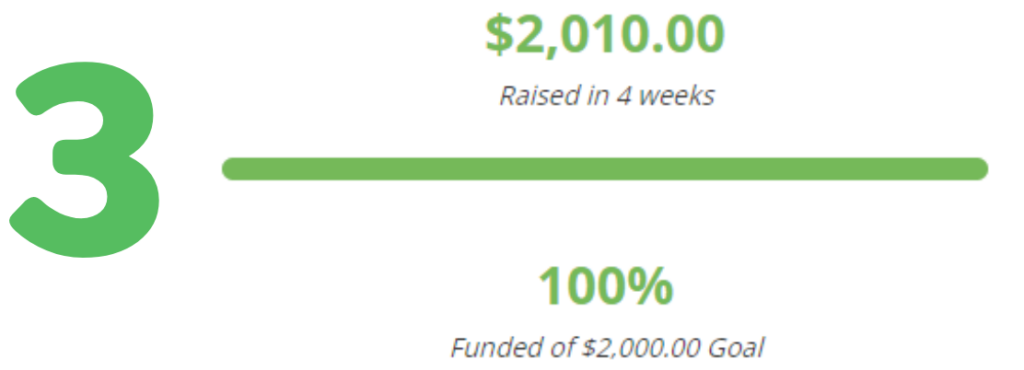
The best funding goal is one that is ambitious yet attainable. The folks at Eden Community Garden hit their target like a bullseye. If you have to decide between “ambitious” and “attainable” go with attainable. Donors feel more positively toward projects that reach their goals than ones that fall far short. Plus, reaching your goal doesn’t mean that you have to stop fundraising. If you arrive at your goal more easily and quickly than you expected, we can help you add what’s called a “stretch goal” to your campaign page that will allow you to communicate to your donors that you’re still interested in receiving their support.
4. Explain the Need by Making it Personal

Eden’s campaign narrative does a masterful job of explaining the need for a new community garden by helping prospective donors to see the need through the eyes of a community member. Including food insecurity statistics adds further credibility to the appeal.
5. Tell How Funds Will Be Used

The more specific you can get about what your project needs to succeed the better. Eden highlights their need for fencing and tools.
6. Include Supporting Images
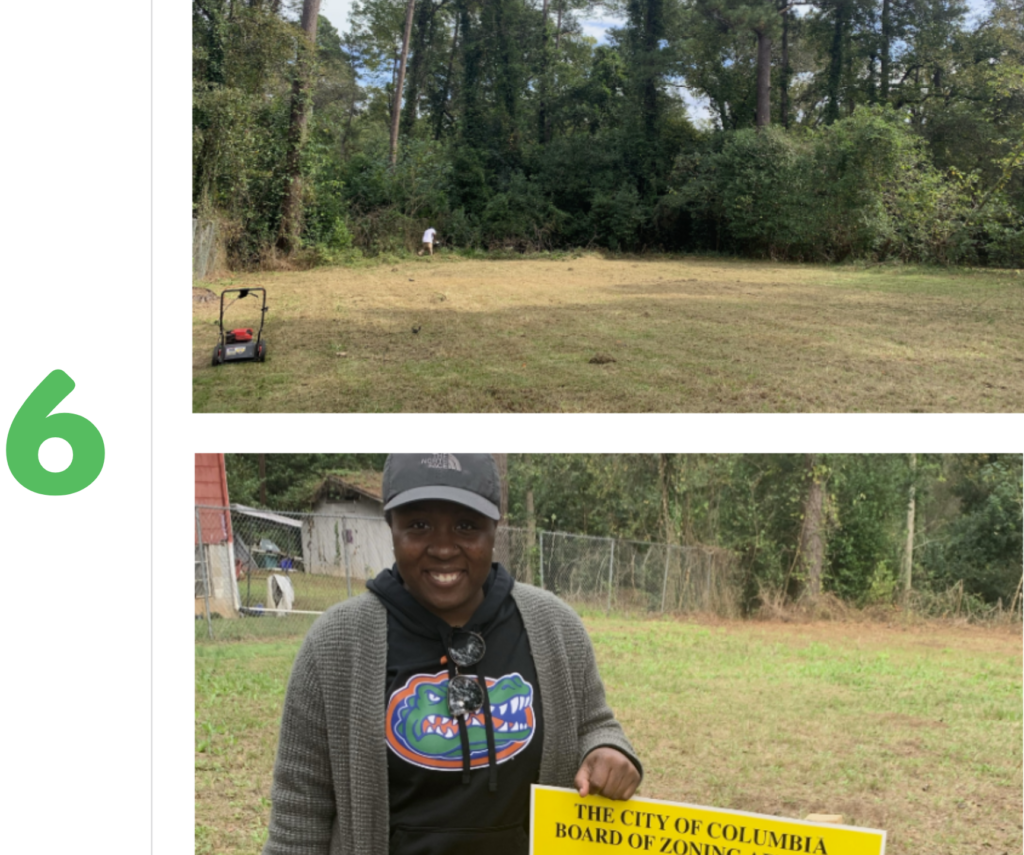
SeedMoney’s campaign creation interface allows campaign leaders to insert photos into their campaign narratives. We strongly recommend campaigns to include at least one photo in addition to their featured image and ideally 2-3 more. In Eden’s case, they use this feature to show where the new community garden will be located and the success they had in rezoning the land for that purpose.
7. Close Strong by Explaining the Community Benefits

Finally, an effective campaign narrative should transport readers into the future by telling them how the community will be strengthened if the goals of the proposed project are reached. In their closing paragraph, Eden’s team highlights the benefits this garden will offer to the community as a whole: fresh food, stronger community bonds, and better health.


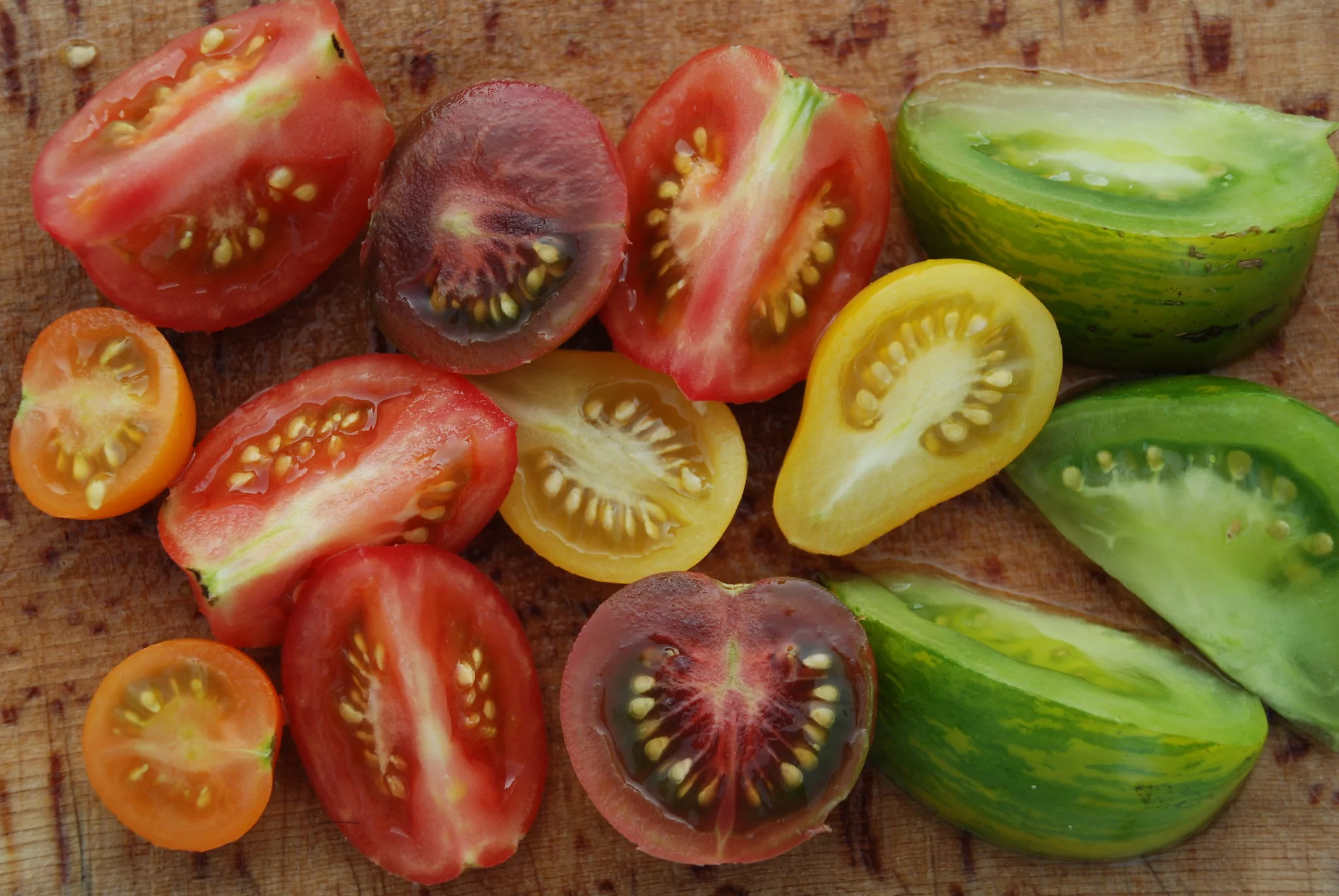
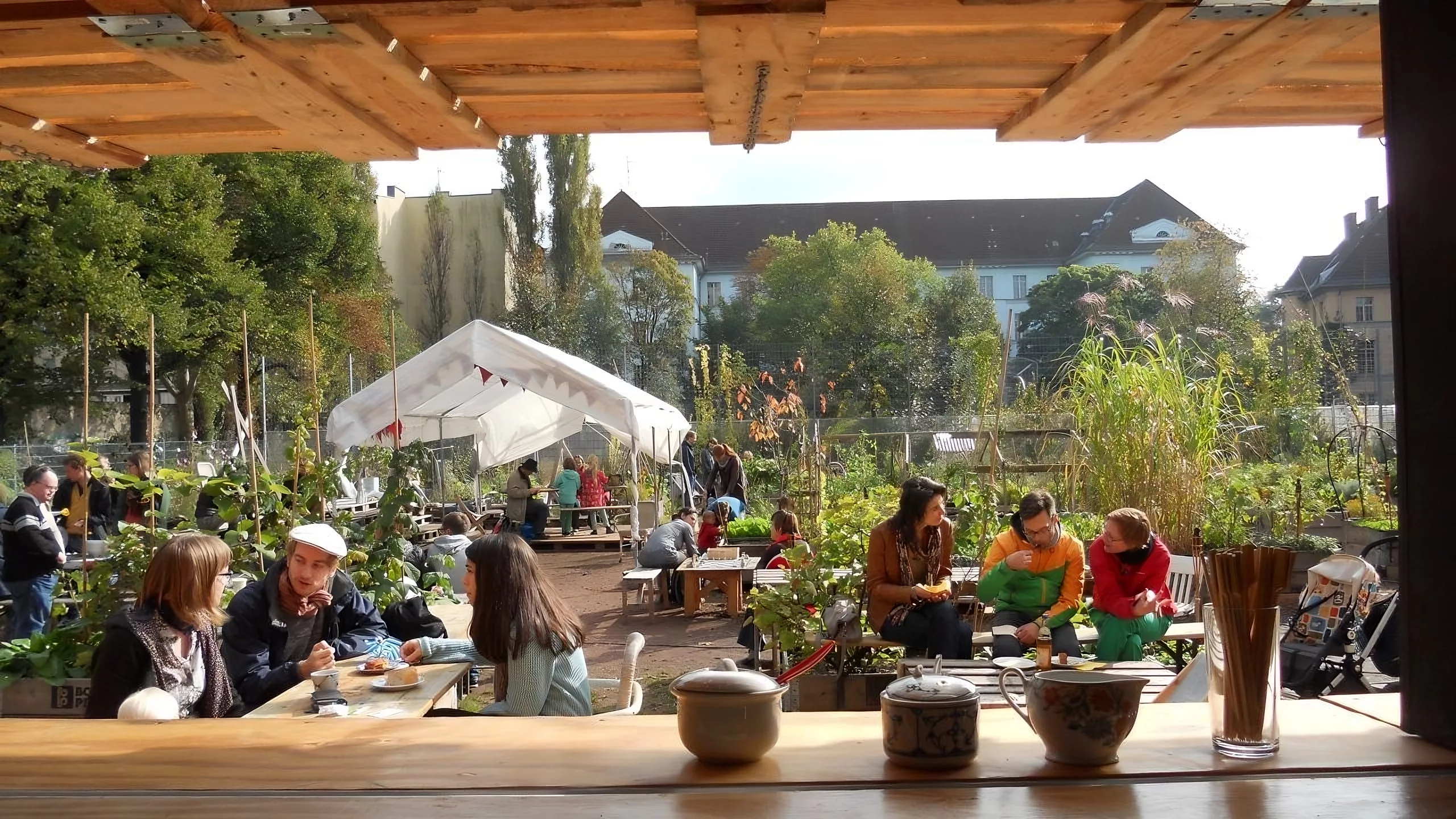


Comments are closed.